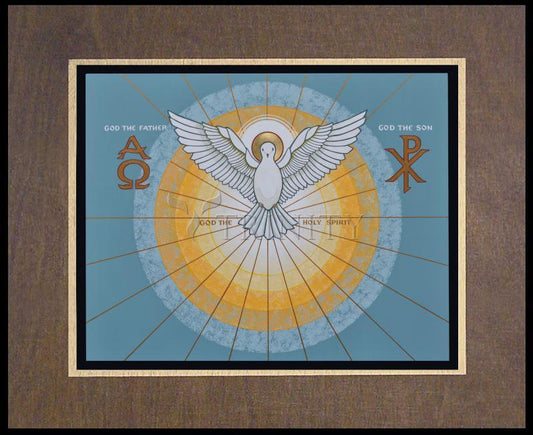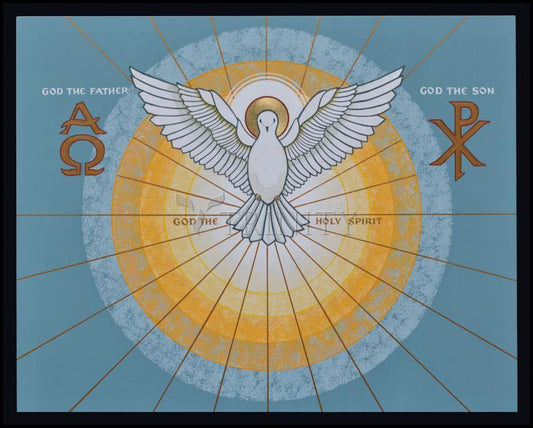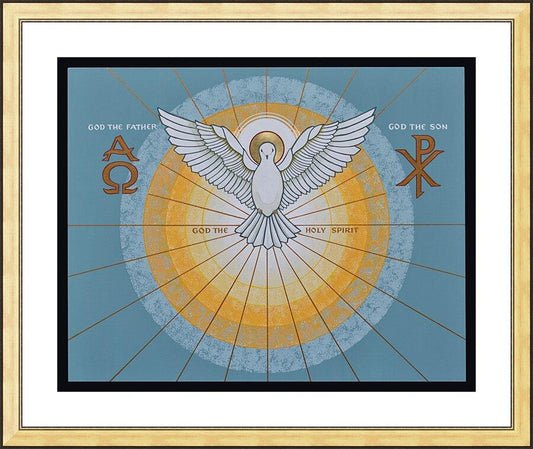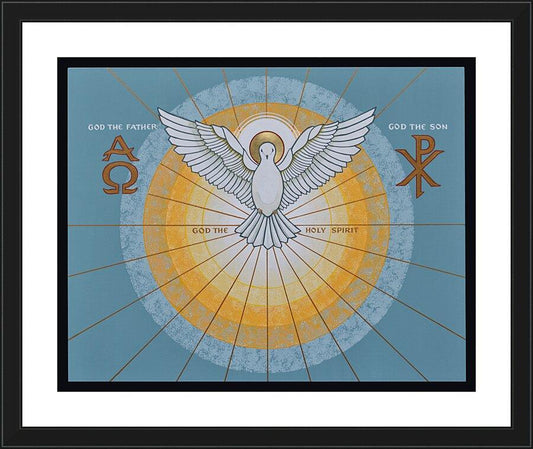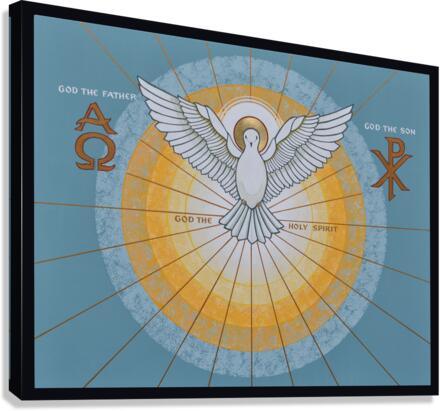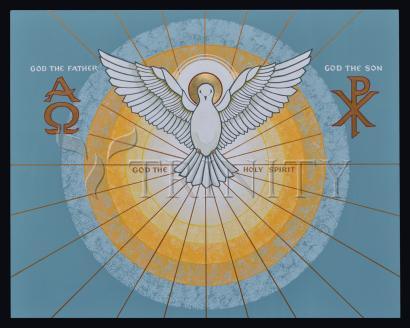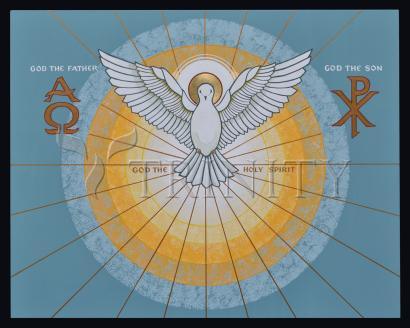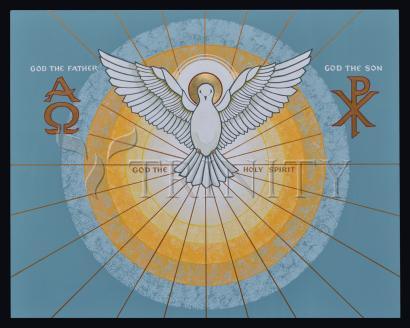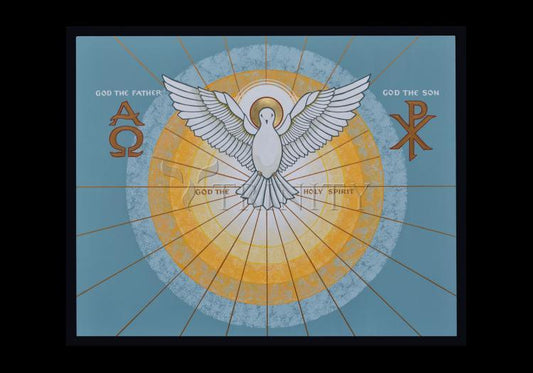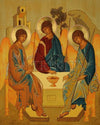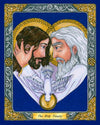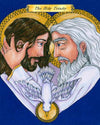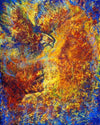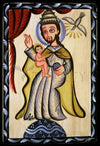Collection: Holy Spirit
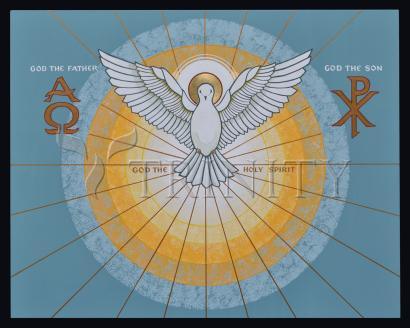
-
Sale
Wood Plaque Premium
Regular price From $99.95 USDRegular priceUnit price per$111.06 USDSale price From $99.95 USDSale -
Sale
Wood Plaque
Regular price From $34.95 USDRegular priceUnit price per$38.83 USDSale price From $34.95 USDSale -
Sale
Wall Frame Espresso
Regular price From $109.95 USDRegular priceUnit price per$122.17 USDSale price From $109.95 USDSale -
Sale
Wall Frame Gold
Regular price From $109.95 USDRegular priceUnit price per$122.17 USDSale price From $109.95 USDSale -
Sale
Wall Frame Black
Regular price From $109.95 USDRegular priceUnit price per$122.17 USDSale price From $109.95 USDSale -
Sale
Canvas Print
Regular price From $84.95 USDRegular priceUnit price per$94.39 USDSale price From $84.95 USDSale -
Sale
Metal Print
Regular price From $94.95 USDRegular priceUnit price per$105.50 USDSale price From $94.95 USDSale -
Sale
Acrylic Print
Regular price From $94.95 USDRegular priceUnit price per$105.50 USDSale price From $94.95 USDSale -
Sale
Giclée Print
Regular price From $19.95 USDRegular priceUnit price per$22.17 USDSale price From $19.95 USDSale -
Custom Text Note Card
Regular price From $300.00 USDRegular priceUnit price per$333.33 USDSale price From $300.00 USDSale
ARTIST: Joan Cole
ARTWORK NARRATIVE:
The Helper, the Holy Spirit, whom the Father will send in my name, will teach you everything and make you remember all that I have told you.
(John 14:26)
His feast day is September 29.
- Art Collection:
-
Images of Christ
- Cole collection:
-
Images of Mary
God poured out the Holy Spirit abundantly on us through Jesus Christ our Savior
(Titus 3:6)
The Spirit's presence is shown in some way in each person for the good of all.
(1 Corinthians 12:7)
But you, my friends, keep on building yourselves up on your most sacred faith. Pray in the power of the Holy Spirit
(Jude 1:20)
In the same way the Spirit also comes to help us, weak as we are. For we do not know how we ought to pray; the Spirit himself pleads with God for us in groans that words cannot express.
(Romans 8:26)
Peter said to them, Each one of you must turn away from your sins and be baptized in the name of Jesus Christ, so that your sins will be forgiven; and you will receive God's gift, the Holy Spirit.
(Acts 2:38)
Jesus drew near and said to them, "I have been given all authority in heaven and on earth. Go, then, to all peoples everywhere and make them my disciples: baptize them in the name of the Father, the Son, and the Holy Spirit, and teach them to obey everything I have commanded you. And I will be with you always, to the end of the age."
(Matthew 28:18-20)
She saw three white deer in Clondrohid and followed them to Ballymakeera where she saw six more. But it wasn't until she came to Ballyvourney to a small rise overlooking the River Sullane that she saw the nine white deer all together - grazing ... just as the angel from Inis OÃrr had prophesied. She crossed the river and settled there. She founded a religious community for women, performed memorable — some say miraculous works, and it was there she died and was buried.
February 11th is St. Gobnait's feast day -the day her memorable life is celebrated. She is one of the few Irish saints that is not only remembered in her native region, but has been proclaimed by the Irish bishops to be a national saint. There are shrines and places of devotion to St. Gobnait in all the places she is believed to have stopped on her journey - including Inis OÃrr. But Ballyvourney, where she carried out most of her ministry, is the place that draws the greatest number of pilgrims devoted to this saint.
Today there is an active church on the former monastic site. St. Gobnait's grave and marked spots around the churchyard are places where pilgrims pause for devotion and reflection. It is here that they can do the “rounds" or turas, always moving in a clockwise direction — a tradition that has pagan roots. One of the strongest mystical draws on this site is St. Gobnait's Holy Well, with its arched entryway that takes the pilgrim into a deeply shaded path. Just next to the well is a sturdy tree, and hanging from it are hundreds of tokens or “clooties" that have been placed there by pilgrims hoping to leave behind a part of themselves or loved on in need of healing. There are taps and cups available for drinking from the well or for pouring into personal vessels to take holy well water home.
St. Gobnait was best known for her care of the sick. There is a legend that tells of her staving off the plague from Ballyvourney by drawing a line in sand with a stick and declaring the village “consecrated ground." Inside the church today, there is a medieval (possibly 13th century) figure of St. Gobnait which is kept in a drawer. Every year on her feast day, the parish priest brings out the figure to celebrate a devotional tradition. He holds up the ancient figure and the faithful each step forward with a piece of ribbon. They hold the ribbon up and measure it against the length and around the circumference of the figure, then take it home as a blessed relic used for healing or further devotion.
A tall statue of St. Gobnait that was erected in the 1950s stands near the monastic site. She appears with a nun's habit standing on a bee hive surrounded by bees. Gobnait is the patron saint of bee keepers, and there are several legends recalling Gobnait forcing invaders out of Ballyvourney by setting swarms of bees upon them. It's probable that Gobnait had a close relationship with bees and used honey in healing efforts.

